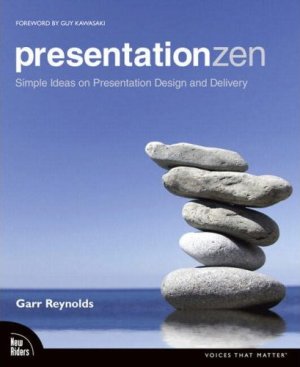Woo-hoo!
My first ebook is published and now on sale!
Click here to visit the InDesign Secrets store.
Here’s the official description:
The InDesign Secrets Guide to the InDesign CS4 ACE Exam eBook (PDF, 150 pp) is the most thorough resource available for anyone interested in becoming an Adobe Certified Expert (ACE) in InDesign. More than a simple study guide, it offers you a comprehensive plan for preparing for and passing the exam.
The Guide breaks down every one of the 58 InDesign CS4 testing objectives (as published by Adobe) and shows exactly what you need to practice and study. Objectives are illustrated with screenshots from InDesign and are hyperlinked to the relevant information in InDesign’s online help, so you can get immediate answers to your questions. Each chapter ends with sample test questions (and their answers) to help you gauge your progress as you go.
Additional chapters detail the testing process, self-assessment, personalized study plans, study tips, and test-taking strategies, and re-certification. With The InDesign Secrets Guide to the InDesign CS4 ACE Exam you can accelerate and focus your preparation so you walk into the testing center with confidence, and walk out an ACE.
- Download a Sample Chapter (11 pp, a 2.2 MB PDF) to see how Mike breaks down the test objectives (in this case, tables) into clear, concise, and generously illustrated explanations.
- Only $9.95 for each copy of the full e-book (150 pp); download it immediately after purchase.
- 25% Introductory Discount off your order if you enter the discount couponRANKINRULES in the shopping cart before Nov 30, 2009.
No doubt, I’ll have a lot more to share on this topic, but for now it’s just…woo-hoo!
Filed under: Books | Tagged: InDesign | 7 Comments »


